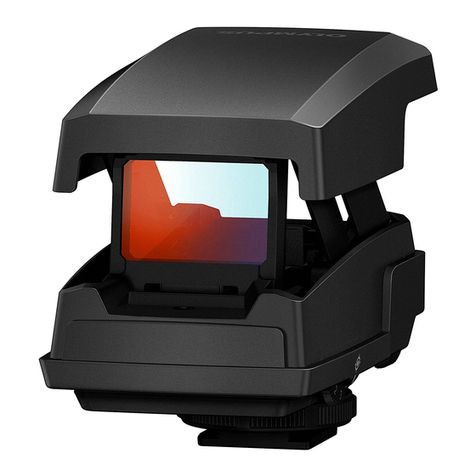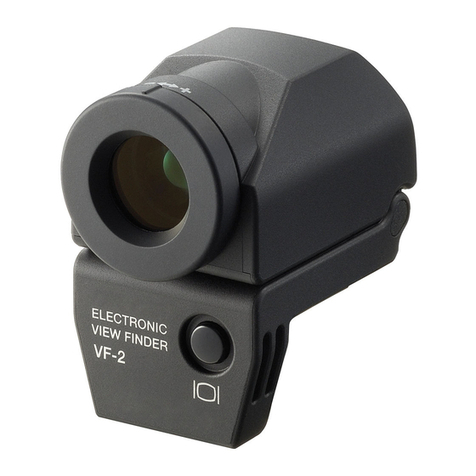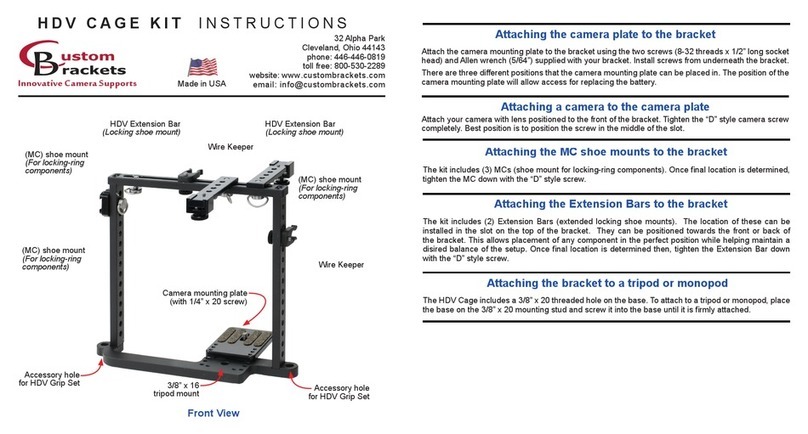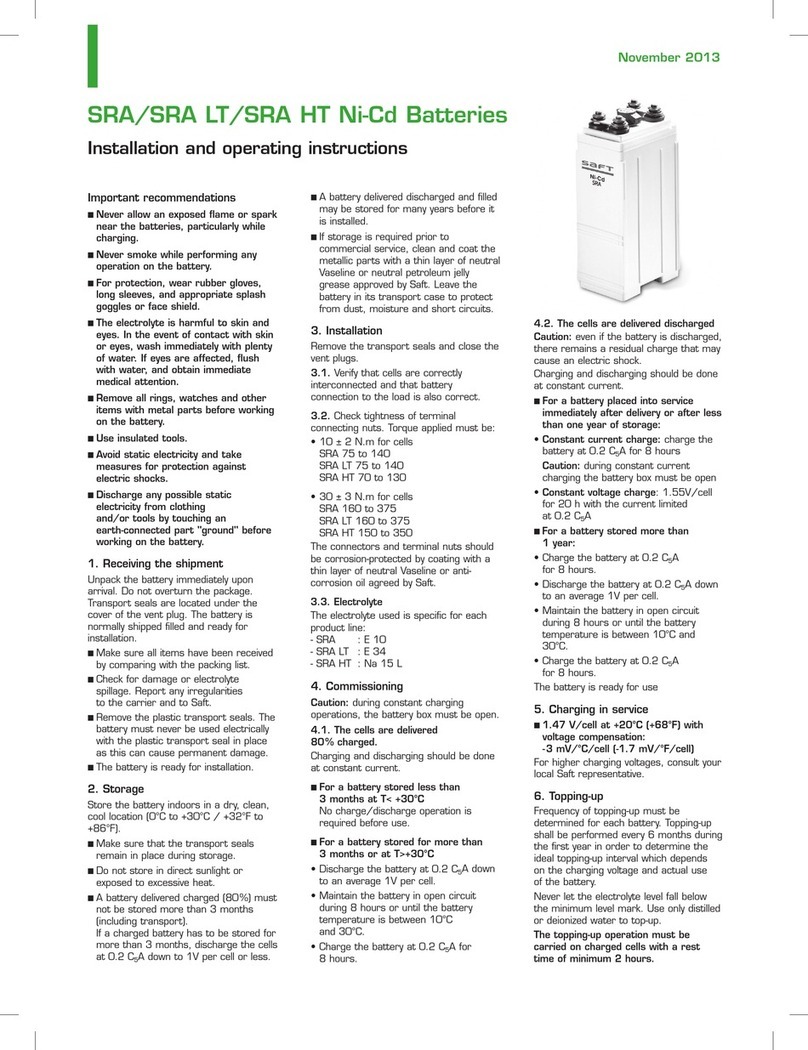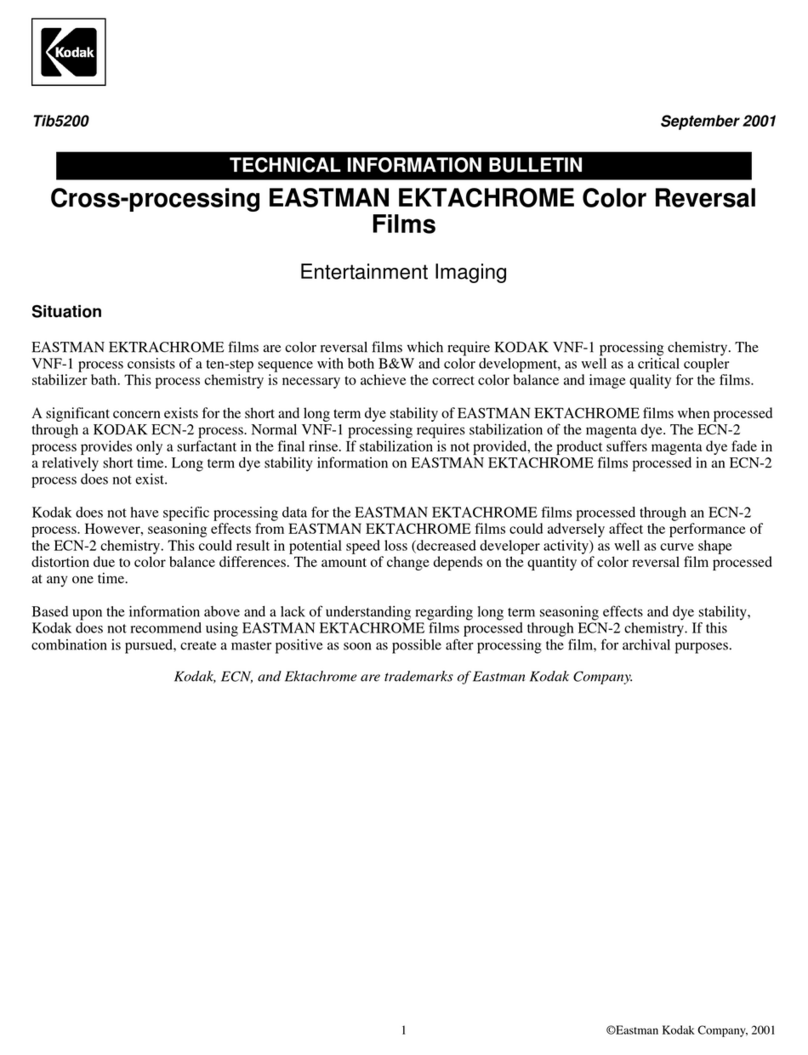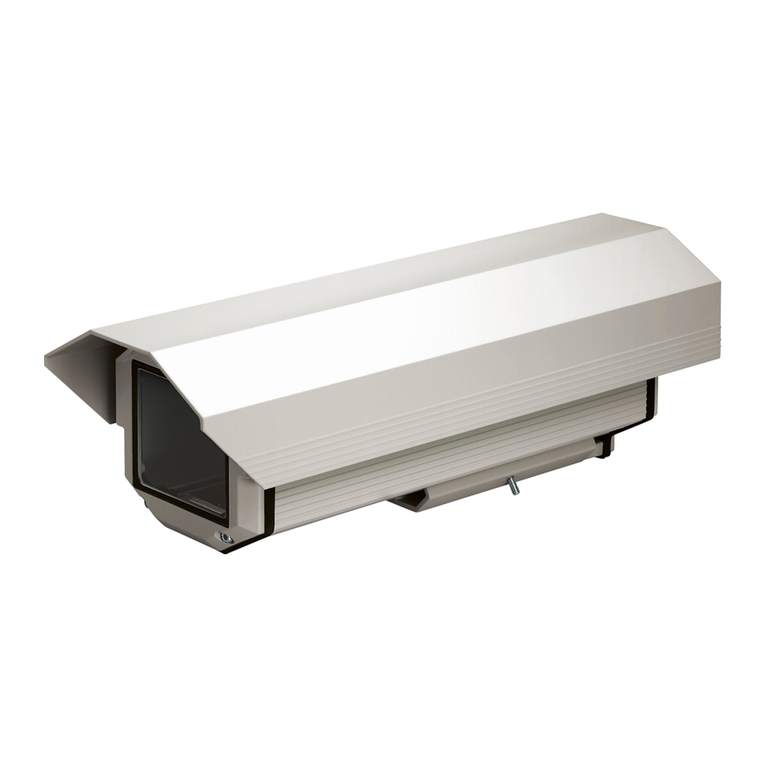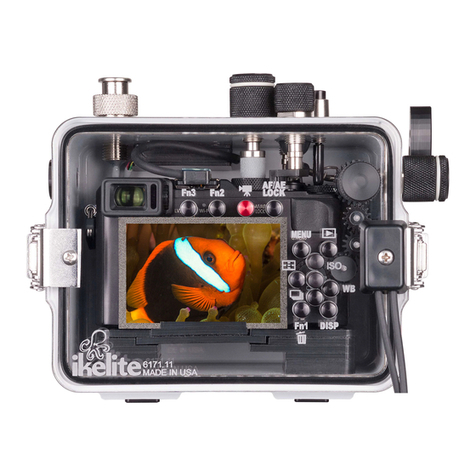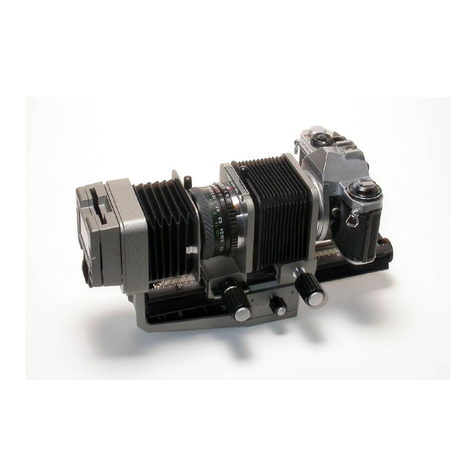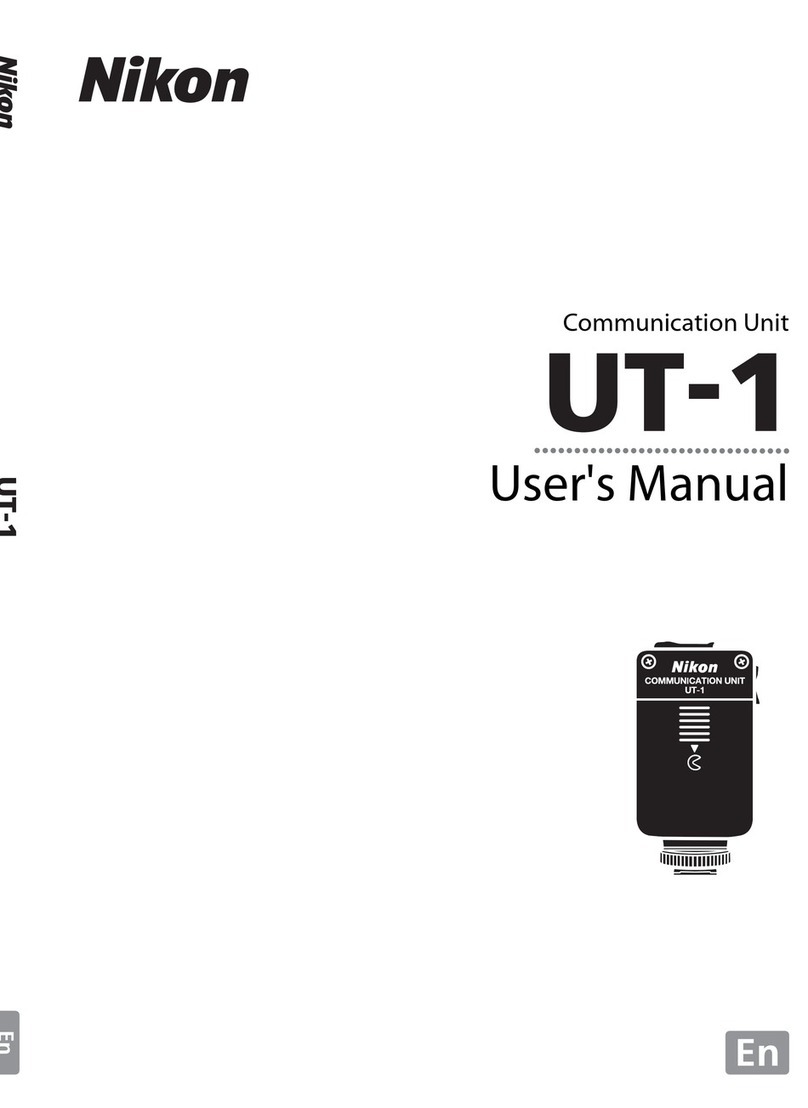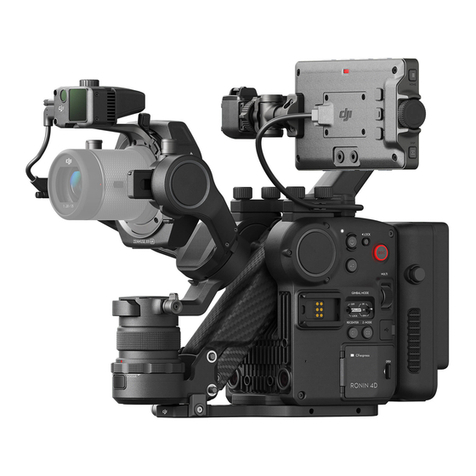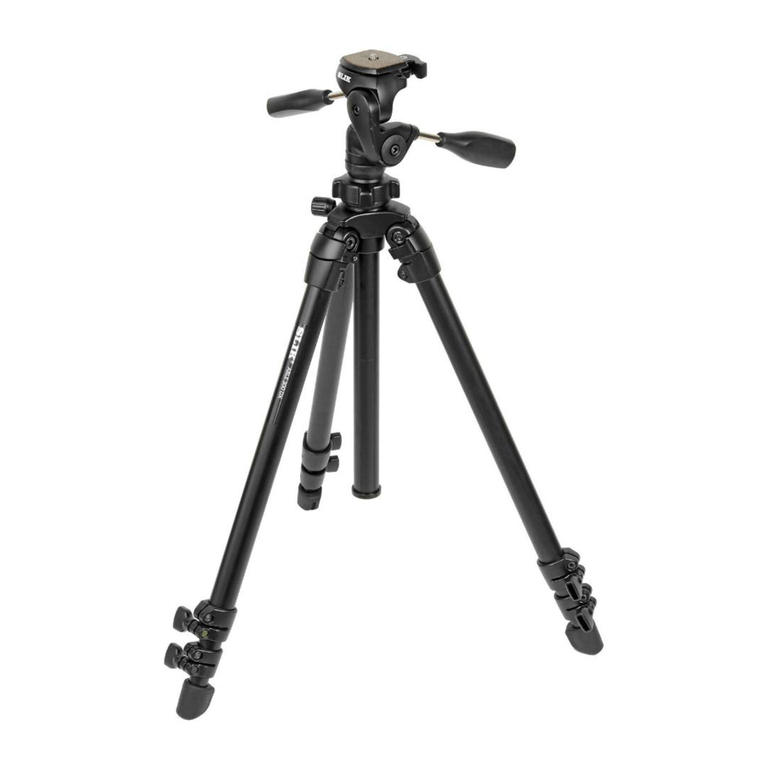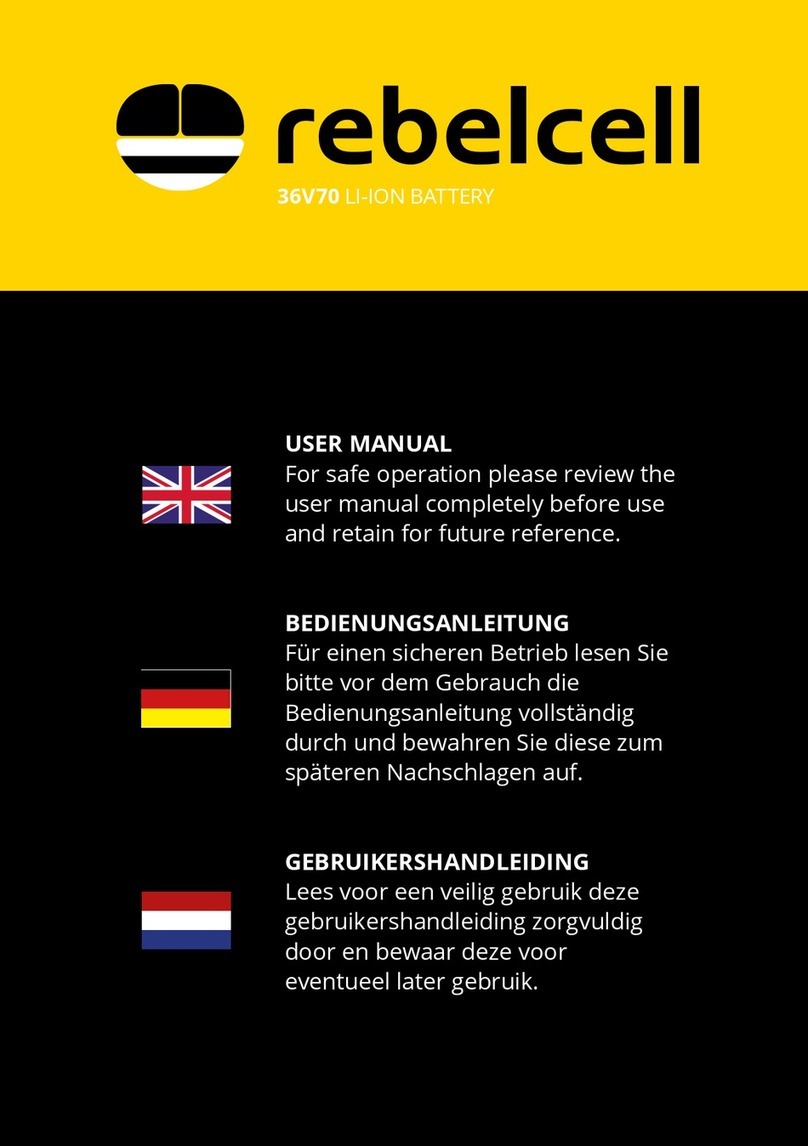Olympus PFL-01 User manual
Other Olympus Camera Accessories manuals

Olympus
Olympus PT-EP05L User manual
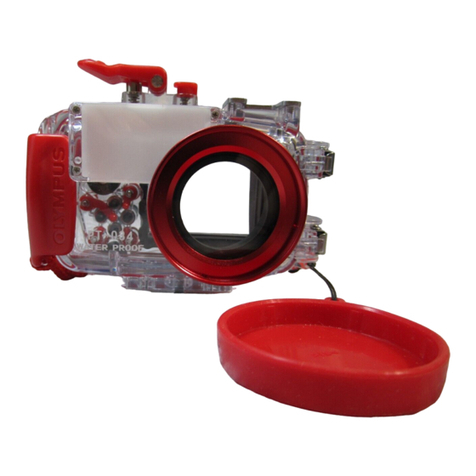
Olympus
Olympus PT-034 User manual
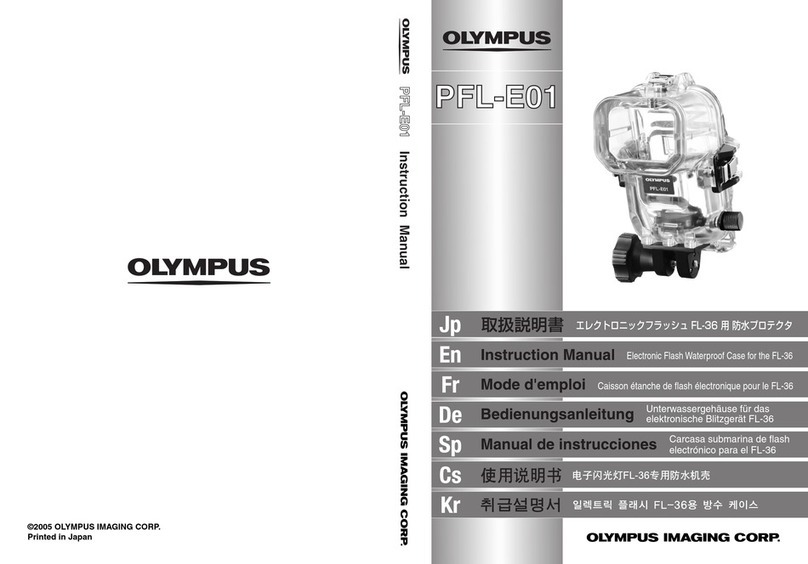
Olympus
Olympus PFL-E01 User manual
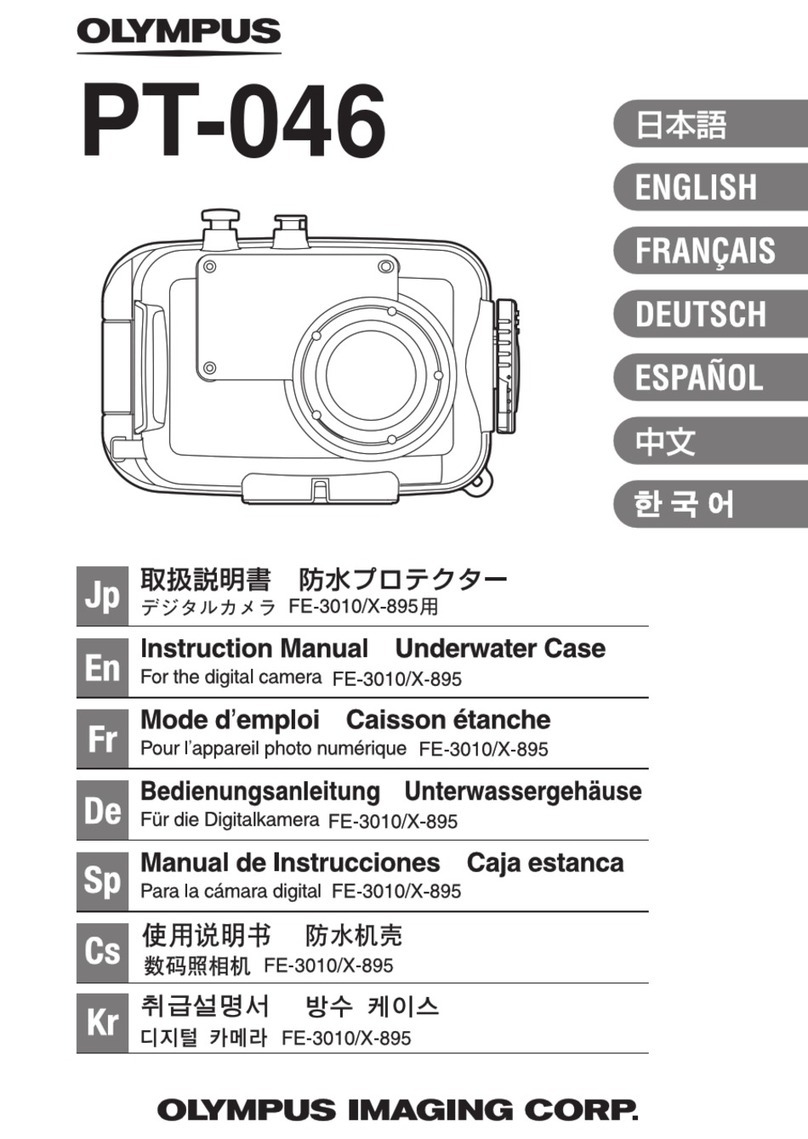
Olympus
Olympus PT-046 User manual
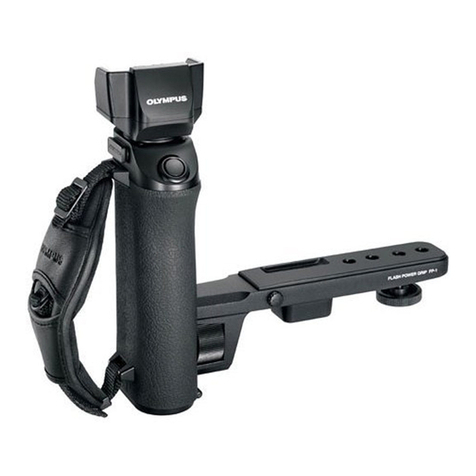
Olympus
Olympus FP-1 User manual
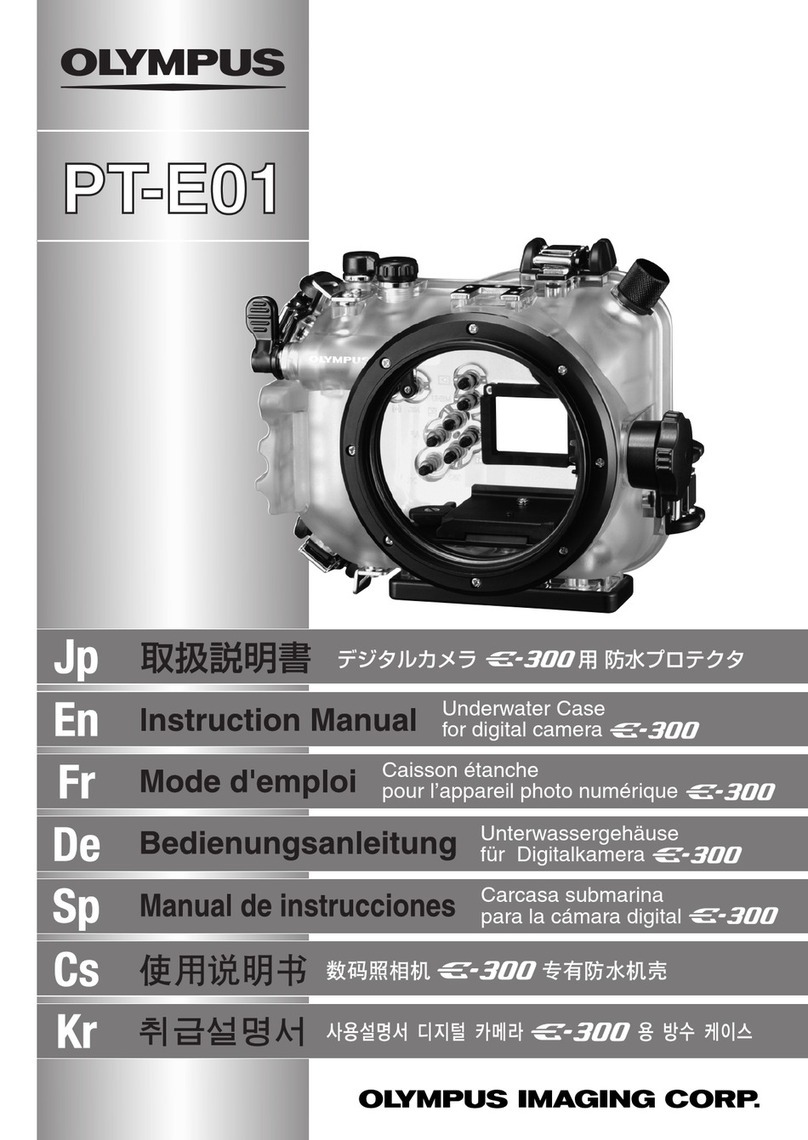
Olympus
Olympus PT-E01 User manual

Olympus
Olympus Li-50B - Stylus 1030 SW 10.1MP Digital... User manual
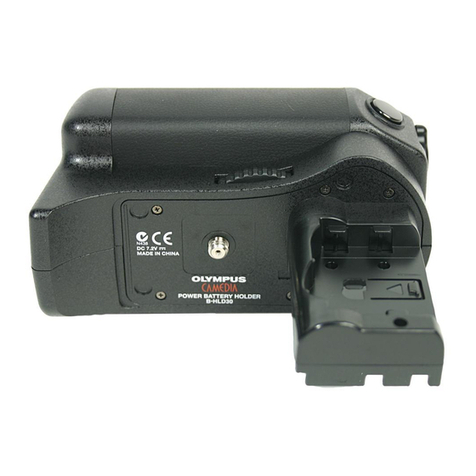
Olympus
Olympus B-HLD30 User manual
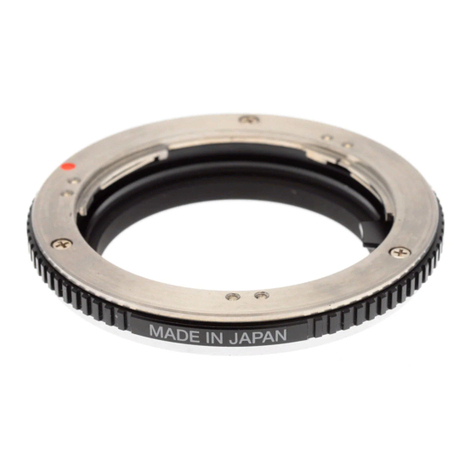
Olympus
Olympus MF-1 User manual
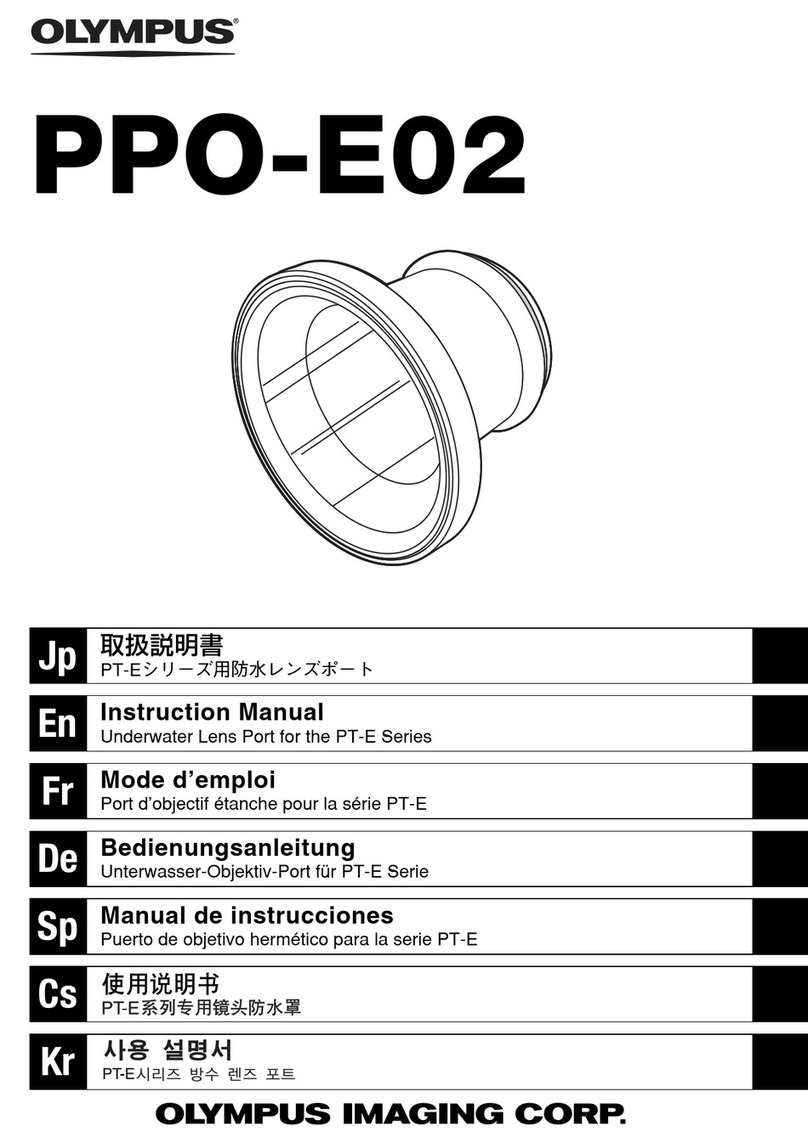
Olympus
Olympus PPO-E02 User manual
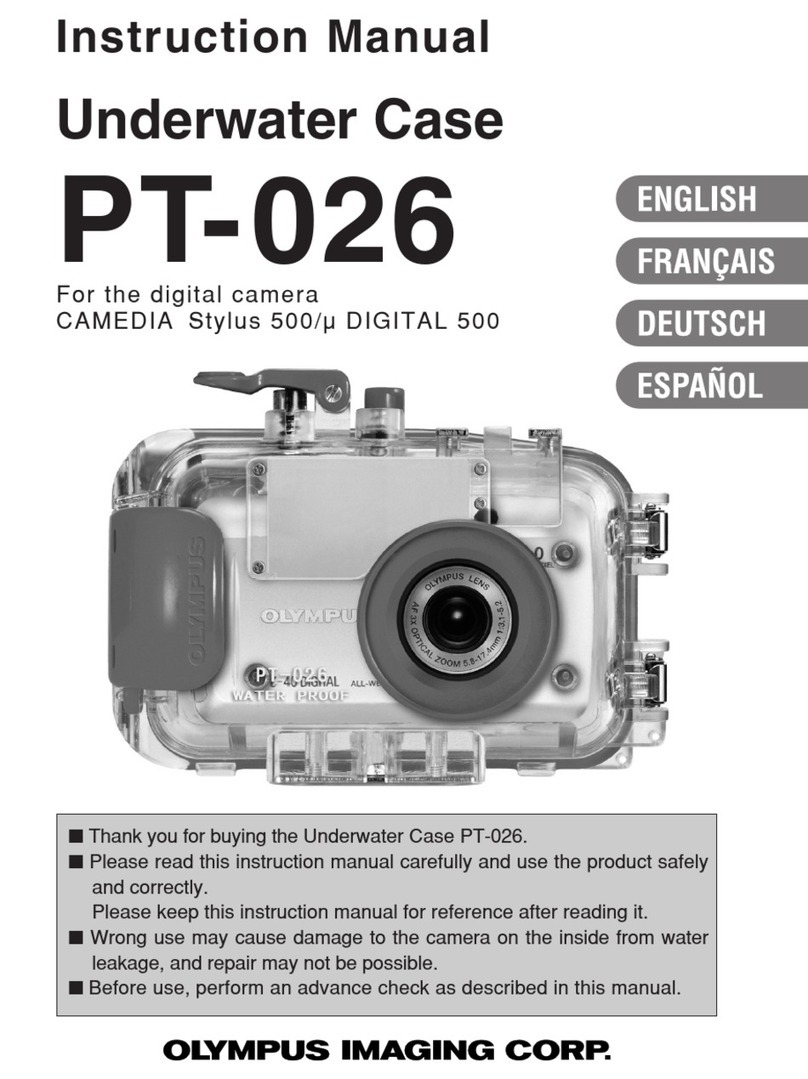
Olympus
Olympus PT-026 - Underwater Housing For Stylus 500 Digital... User manual
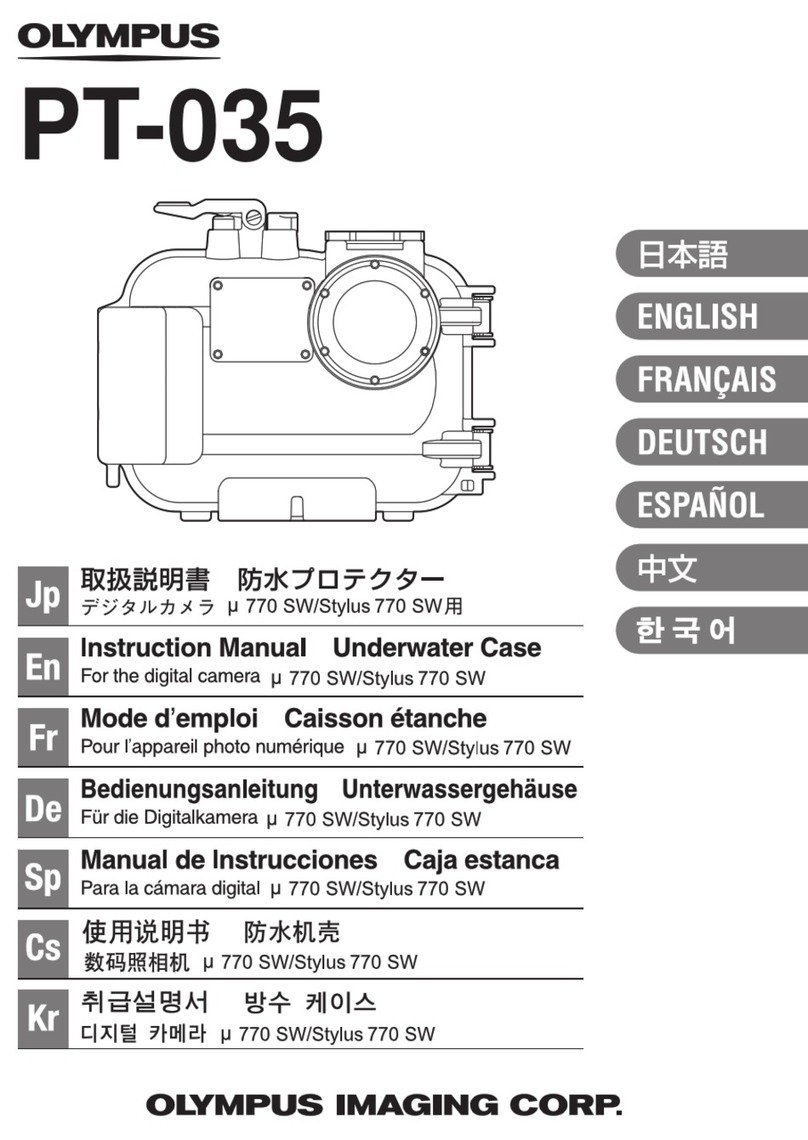
Olympus
Olympus PT-035 User manual
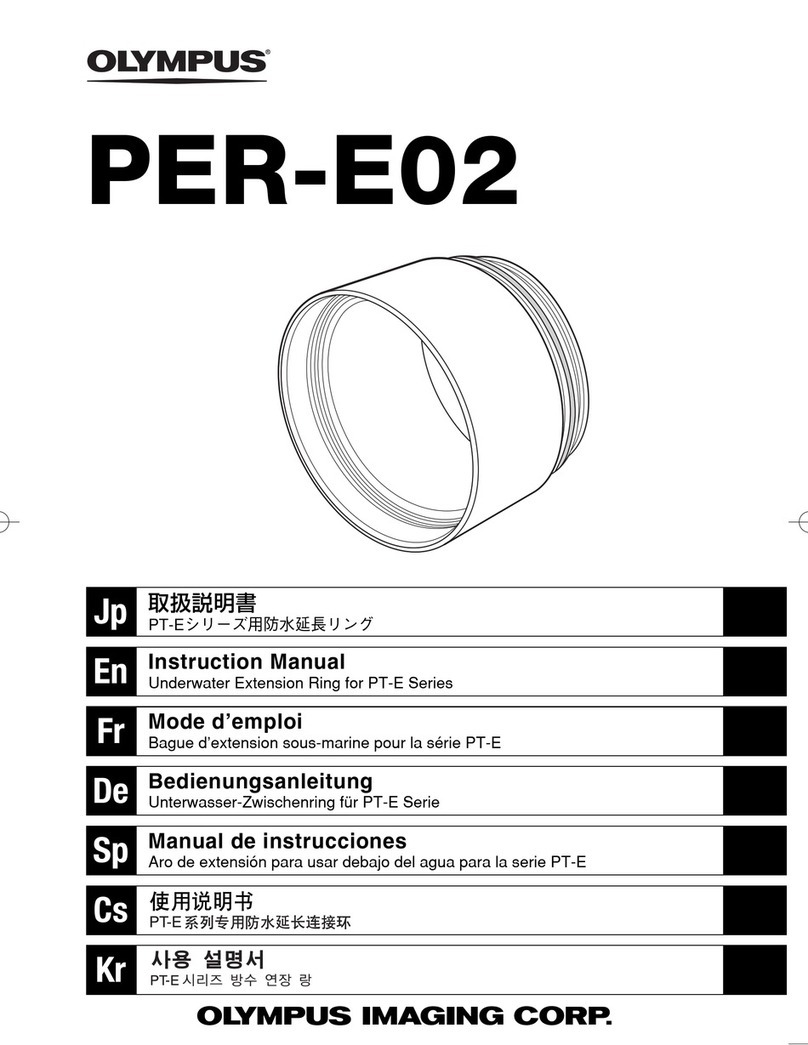
Olympus
Olympus PER-E02 User manual
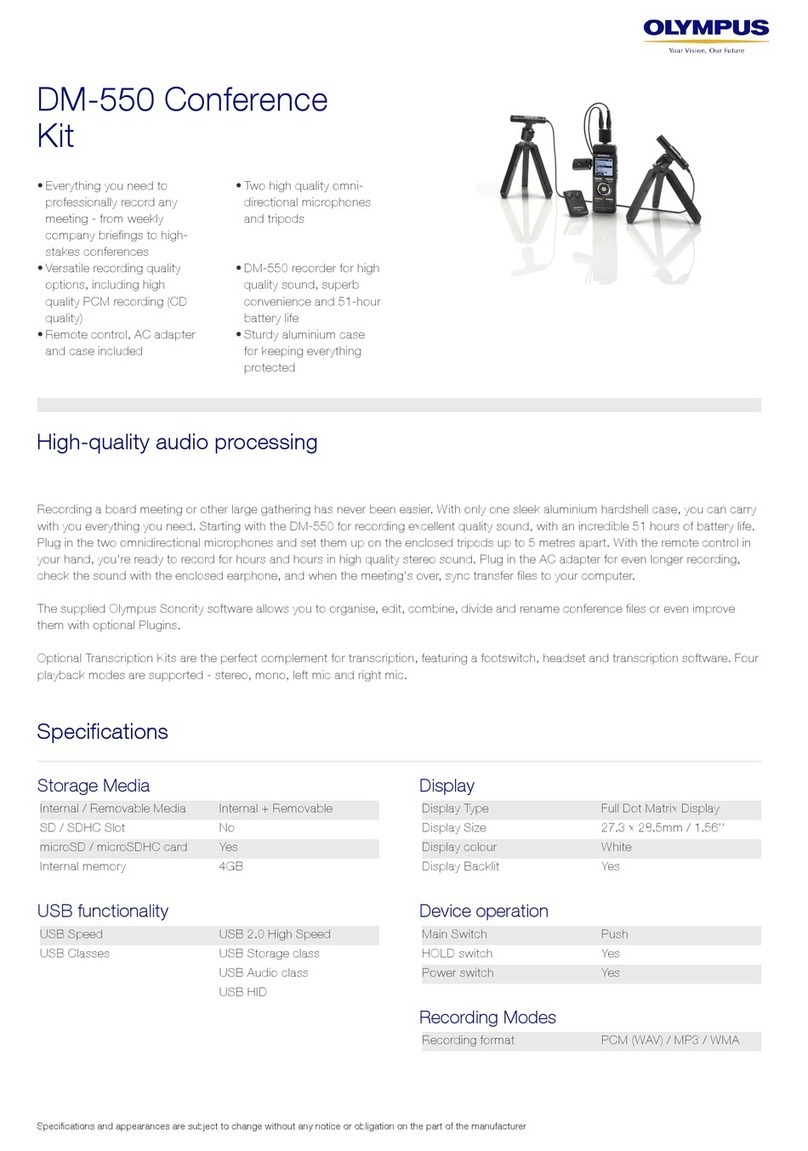
Olympus
Olympus DM-550 User manual

Olympus
Olympus VF-3 User manual
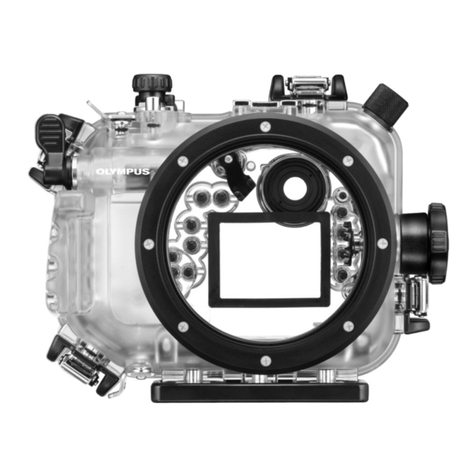
Olympus
Olympus PT-E02 User manual
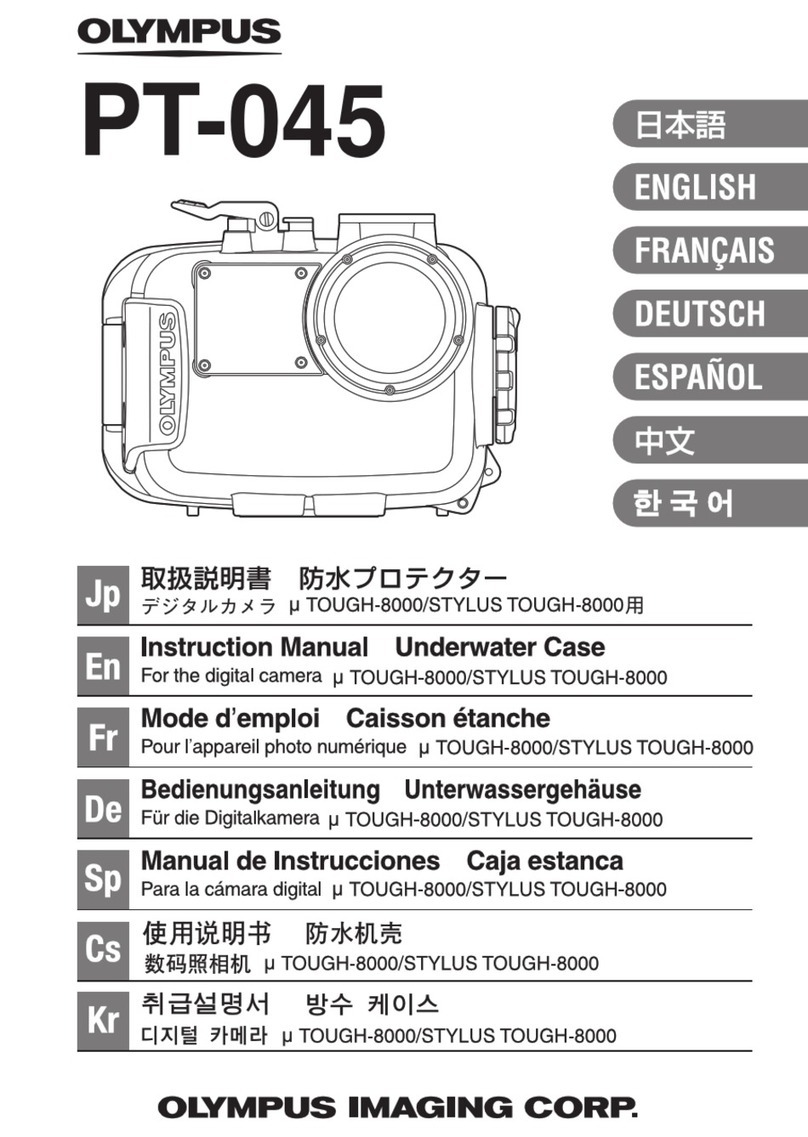
Olympus
Olympus PT-045 User manual
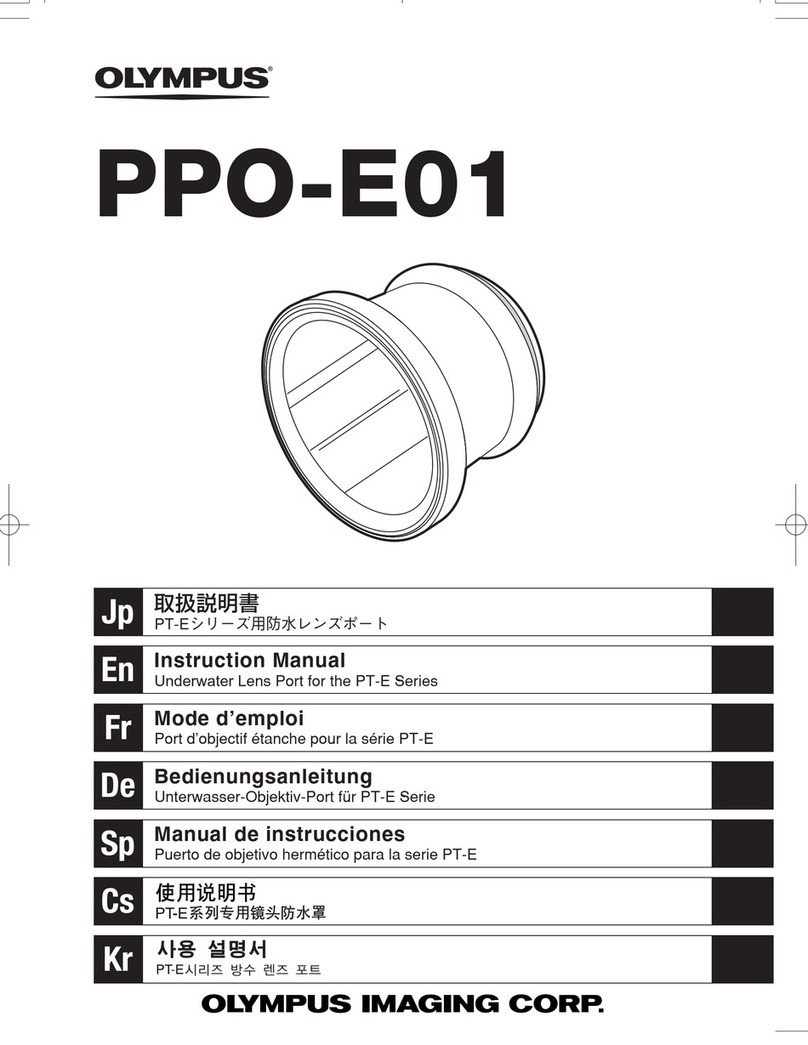
Olympus
Olympus PPO-E01 User manual

Olympus
Olympus PT-047 User manual

Olympus
Olympus PT-020 User manual
Popular Camera Accessories manuals by other brands
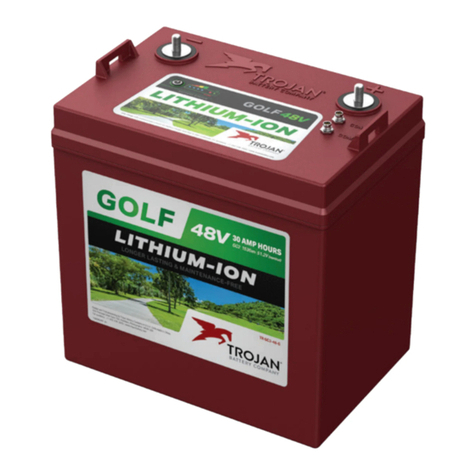
Trojan
Trojan GC2 48V quick start guide
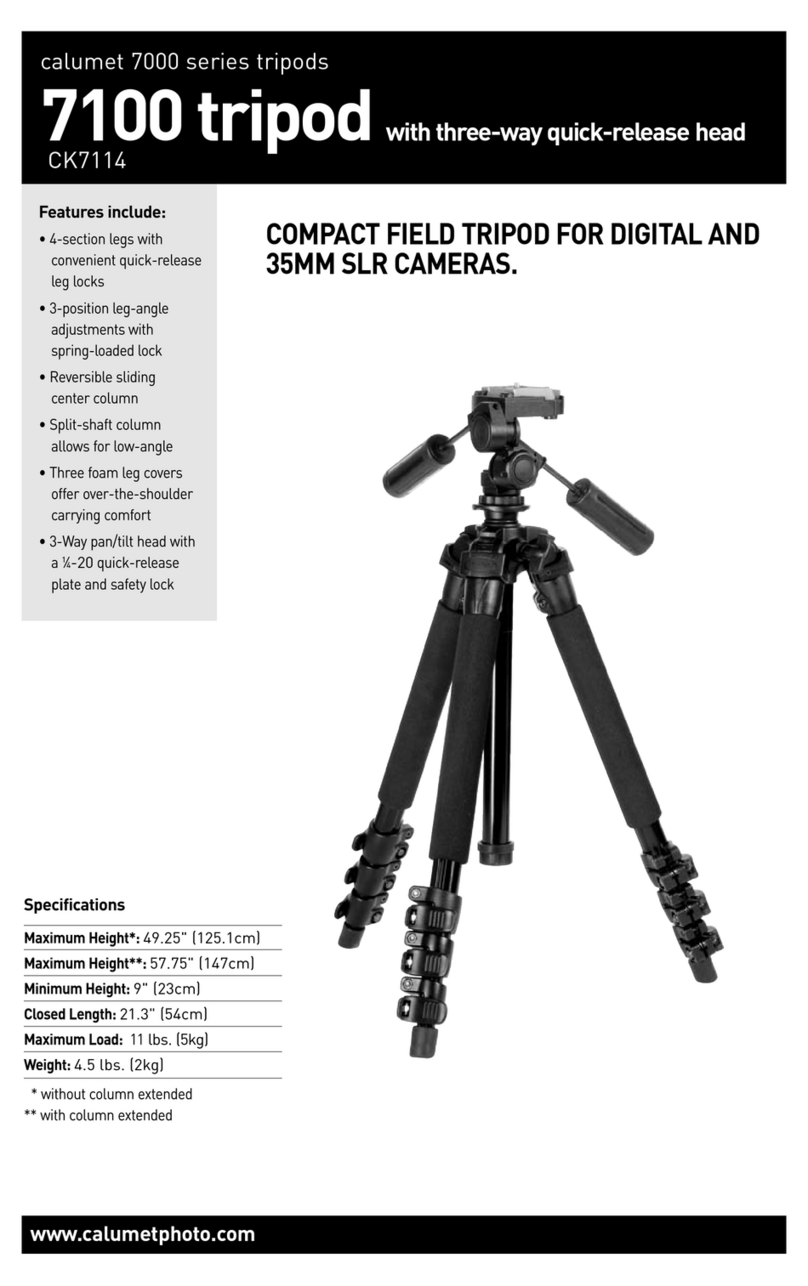
Calumet
Calumet 7100 Series CK7114 operating instructions
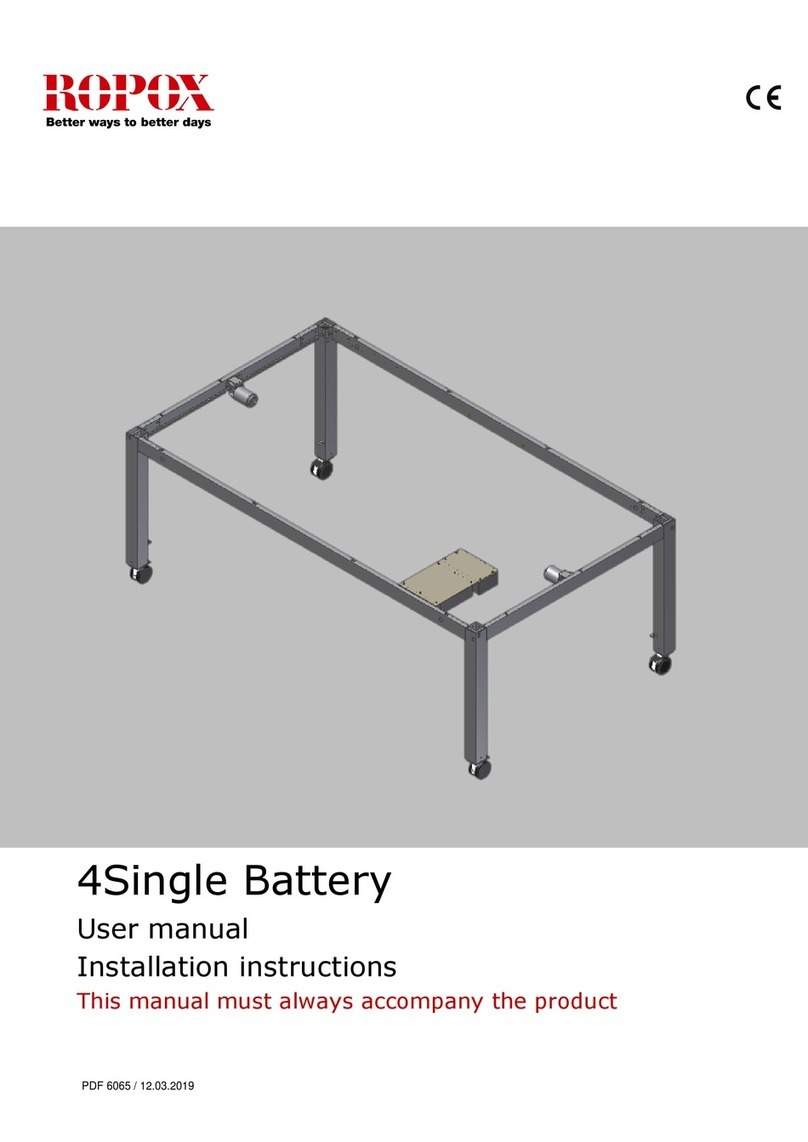
Ropox
Ropox 4Single Series User manual and installation instructions
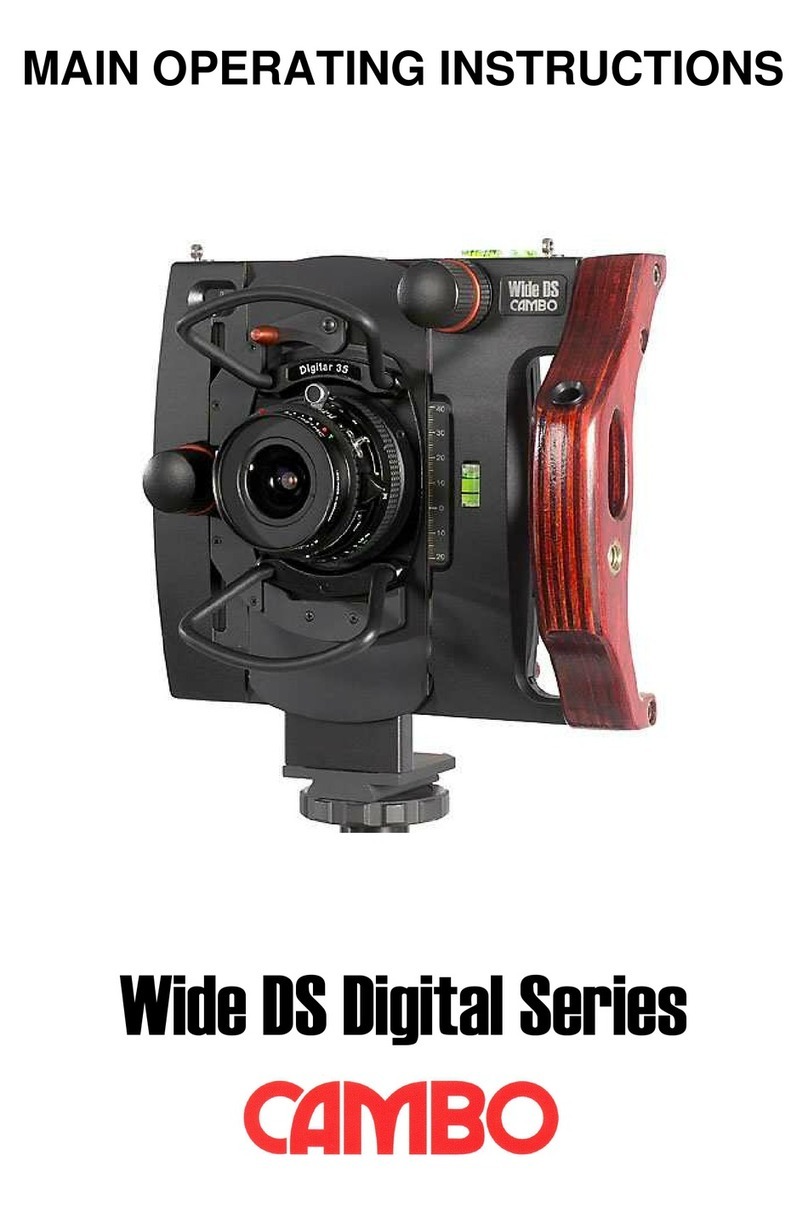
Cambo
Cambo Wide DS Digital Series Main operating instructions

Samsung
Samsung SHG-120 Specification sheet
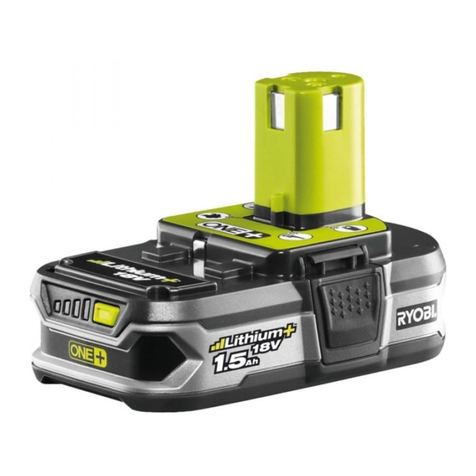
Ryobi
Ryobi BPL-1820 Owner's operating manual
